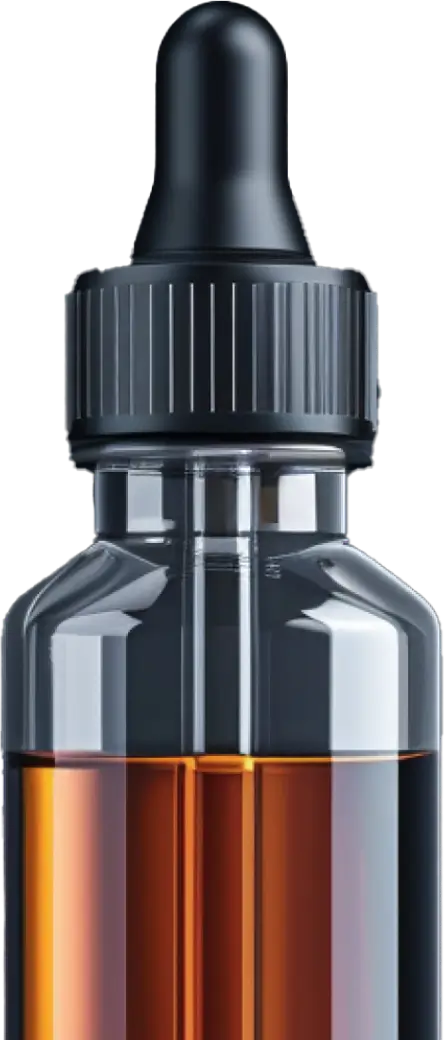- Indica vs. sativa is more cultural than scientific; these terms refer to general plant traits, not consistent effects.
- Strain effects vary from person to person and product to product. Labels like "uplifting sativa" or "sleepy indica" aren’t guarantees.
- Terpenes matter more than type. Compounds like myrcene or limonene play a bigger role in how a strain feels.
- Most weed is hybridized; crossbreeding has blurred the lines between indica and sativa.
As an ex-budtender, I’ve given the usual cliche advice to curious shoppers: that indica-dominant strains are sedating (“in da couch”), and sativa-dominant strains are uplifting. I’d usually follow this with a big “But it depends,” along with anecdotes about specific strains or cannabis products on the menu. That’s what I’ve always found most valuable.
Weed is complex, and so are the ways our bodies handle it. Sativa strains don’t have speedy, cerebral effects for everyone, and other factors may be equally important, like the exact strain, its terpene profile, and which secondary cannabinoids it contains.
Cannabis isn’t mass-produced in a lab, and growers can’t perfectly manipulate a strain’s effects. In fact, a single strain can produce multiple phenotypes—variants that express different traits from the plant’s genetic ancestry. Beyond that, variables like growing conditions and nutrients almost make each cannabis plant an individual universe of flavors and effects.
It’s clearly nuanced, but that doesn’t stop us from broadly classifying strains as indica, sativa, or hybrid. Let’s explore what these categories actually mean.
Indica vs. sativa vs. hybrid: an overview
Saying that the colloquial terms “sativa” and “indica” are science-based would only be partially correct. It’s more complicated than that. Our use of the categories is at least partly cultural (or “vernacular taxonomy”).
Traditionally, plants with sativa traits come from Africa and Southeast Asia, while indica plants have origins in western Asia. Plant genetics supports a divide between the two types, but they are no longer considered separate species. At this point, crossbreeding of plants from various continents has made it extremely challenging to tell them apart.
Which brings us to hybrid cannabis. When you’re browsing a dispensary, “hybrid” refers to plants crossbred from two or more strains, with a mix of indica and sativa traits. Depending on the strain, this can be further broken down into indica-dominant hybrids or sativa-dominant hybrids. Dispensaries often assign a loose percentage, as in “70% sativa” or “50/50.”
How are indica, sativa, and hybrid strains different?
The contemporary divide between indica and sativa is very hazy, and while some traits are commonly associated with one or the other, even that isn’t guaranteed.
Even cannabis experts are mixed on the distinctions. While wild-grown plants (land races) once seemed unique enough to assign them separate species distinction (Cannabis sativa and Cannabis indica), scientists now group all weed plants under the Cannabis sativa species. In any case, with the introduction of outside plant genetics into even the most remote cannabis grows, land races at this point probably no longer exist.
Appearance
Sativa-leaning cannabis strains are generally tall (over five feet) and sparse, with a fibrous stalk and long, narrow leaves. Indica plants are shorter (two to four feet) with wide, stout leaves, denser flowers, and a woody stalk.
These differences in appearance are a quick and efficient way to separate what most people think of as indica and sativa. However, as I’ll explore later, it’s not the most accurate way to gauge a plant’s effects or chemical composition.
Effects
If you ask a casual weed enjoyer to define indica and sativa, they’ll probably focus on effects.
Indica cannabis is linked to a soothing, possibly sedating body high. You’re more likely to find indica-dominant strains recommended as sleep aids, rather than sativa-dominant, which are often described as energizing. Hybrids can sit anywhere in the middle.
I’ve already gotten into the disclaimers, but it’s worth reiterating: it isn’t that simple. Indica and sativa strains aren’t true opposites, for one. Cannabis isn’t a true stimulant regardless of strain, despite sometimes making users jittery or even paranoid. The strain that induces anxiety in one person may produce focus and inspiration in another. And the indica strain that makes one user drowsy may keep another up all night.
Crossbreeding has made the waters even murkier. It all comes down to the individual user and the individual product they’re using. Terpene content also plays a role.
Chemical composition
I’ll take it a step further. If you ask the same consumer why indica is sleepier and sativa is energizing, they might tell you that sativa strains are THC-dominant, while indicas are high in CBD. But that’s not always true.
Even those new to the cannabis world may be familiar with cannabidiol (CBD), a nonintoxicating cannabinoid that hit the mainstream wellness market in the 2010s. It’s associated with relaxing, potentially stress-relieving effects. Someone might use CBD oil to help unwind after work, or even to soothe aches and pains.
THC-dominant cannabis (marijuana) also usually contains CBD, but less CBD than THC. Hemp bud is far more CBD-rich, but depending on the strain, marijuana can also contain a good deal of it.
I mentioned that indica and sativa plants are often categorized by appearance. If we’re classifying cannabis that way, be aware that the plant’s biochemical content may not be easy to predict. Hemp itself, which is very high in CBD, “looks” like a sativa plant: tall, fibrous, and thin-leaved. So, just because a plant is tall with thin leaves (sativa) doesn’t mean it’s high in THC.
Terpenes
To get a fuller sense of a strain’s typical effects, I’d suggest asking about terpenes, not just whether it’s indica or sativa. This might also matter more than its CBD content.
First of all, CBD isn’t usually sedative in low to moderate doses. It could actually be stimulating. If an indica strain low in CBD makes you tired, the terpene myrcene could be responsible for that effect, rather than CBD. This terpene is found in strains like Granddaddy Purple (indica), OG Kush (hybrid), or Blue Dream (hybrid).
Indica plants tend to be richer in myrcene than their sativa cohorts. MK Ultra is a myrcene-rich, low CBD indica strain best known for its sedating effects. If you’d rather go for an uplifting strain, try one high in limonene. Gas Face (hybrid) and Super Sour Diesel (sativa) are two options.
Both myrcene and limonene are found in indica, sativa, and hybrid strains. No terpene is unique to just indica or sativa.
Psychotropic hemp: indica or sativa?
When we see delta 8 products labeled “indica” or “sativa,” producers are really referring to the terpenes present in the product, not its plant of origin. Commercial delta 8 THC, HHC, and other psychotropic hemp cannabinoids are created by isomerizing CBD extracted from hemp.
Both delta 8 and HHC are trace compounds and can’t be extracted directly; no hemp-derived product originates from an individual plant or strain.
As mentioned before, hemp is a sativa-like plant. That doesn’t mean intoxicating hemp-derived products can’t have either sativa-like or indica-like effects. In fact, depending on the terpenes added to hemp-derived products, they can mimic particular strains.
No terpene is exclusive to indica or sativa plants. Still, some compounds (or ratios) are more common in one type over the other, with specific strains having unique profiles. An OG Kush delta 8 cart isn’t a direct byproduct of the famous OG Kush marijuana strain; rather, it contains a terpene profile inspired by OG Kush.
Indica, sativa, or hybrid: which is for me?
There’s only one way to know which you’ll prefer: trial and error. Research is important, but it can only tell us what’s typical, not how each person will experience certain strains. We have to experiment to uncover the rest.
In fact, I’ve found that many people like all three kinds of weed, depending on the time and situation. For example, energizing sativa during the day or at a party, and drowsy indica while watching TV before bedtime.
Talk to a dispensary representative if you’d like a good jumping-off point. Back when I was budtending, offering that guidance was a highlight of my job. You can ask about their own experience with a strain, how much THC or CBD it contains, or about the strain’s terpenes. Any of this information can help them lead you in the right direction.
While sativa is uplifting and indica is sedating for many users, that’s not always the case. There’s no harm in keeping an open mind and trying different things.
President Trump promised during his election campaign to “save vaping," but his administration has undermined that goal at every turn.
The U.S. disposable vape market has grown to $2 billion in annual sales, although nearly none of the products are authorized by the FDA.
More than 30 bills that would impose severe restrictions vaping consumers’ product choices remain active in U.S. state legislatures.
The Freemax REXA PRO and REXA SMART are highly advanced pod vapes, offering seemingly endless features, beautiful touchscreens, and new DUOMAX pods.
The OXVA XLIM Pro 2 DNA is powered by a custom-made Evolv DNA chipset, offering a Replay function and dry hit protection. Read our review to find out more.
The SKE Bar is a 2 mL replaceable pod vape with a 500 mAh battery, a 1.2-ohm mesh coil, and 35 flavors to choose from in 2% nicotine.
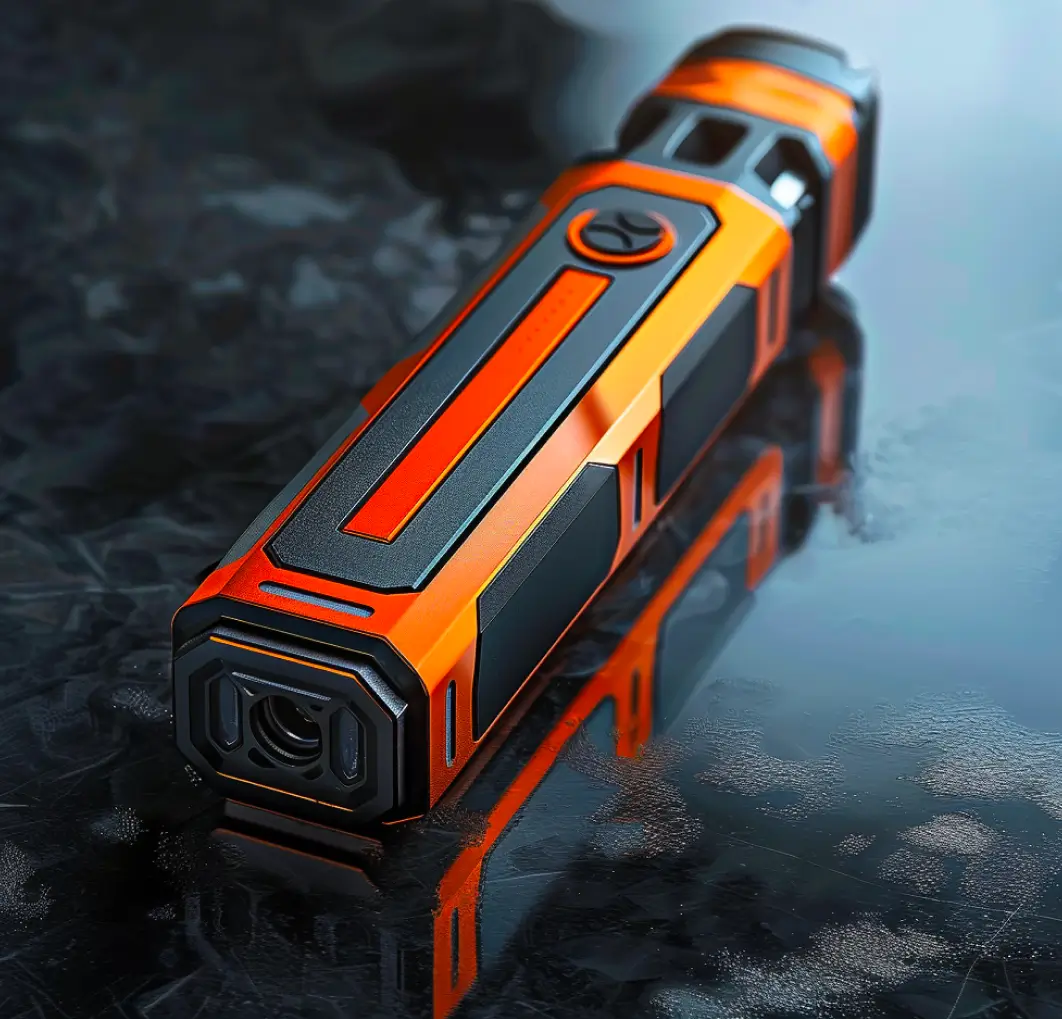
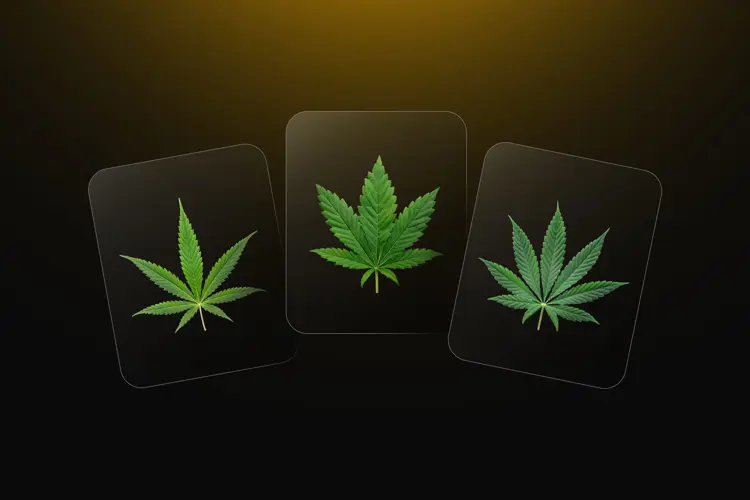






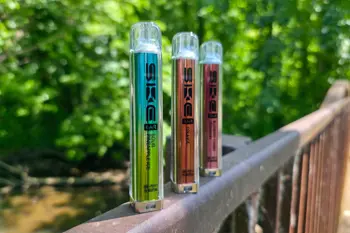
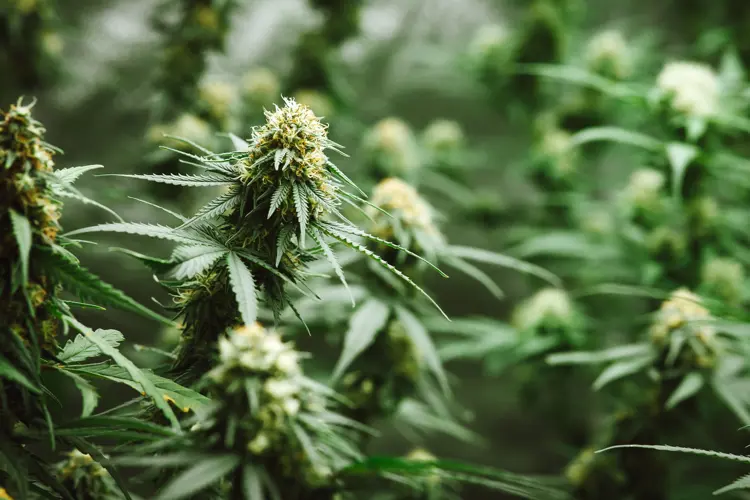

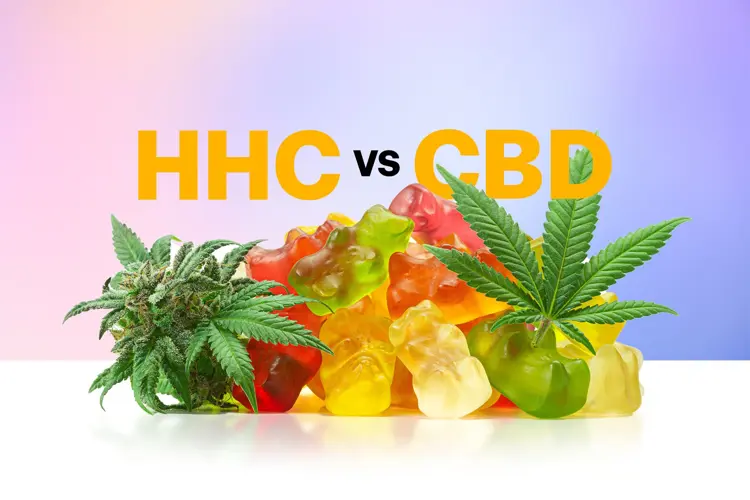



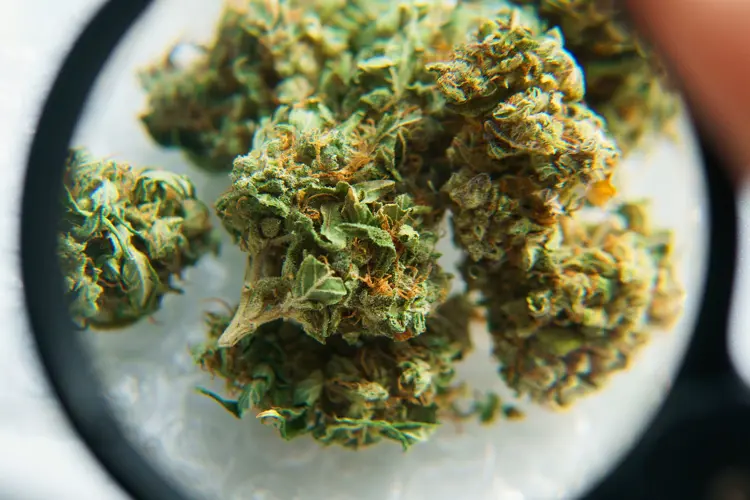
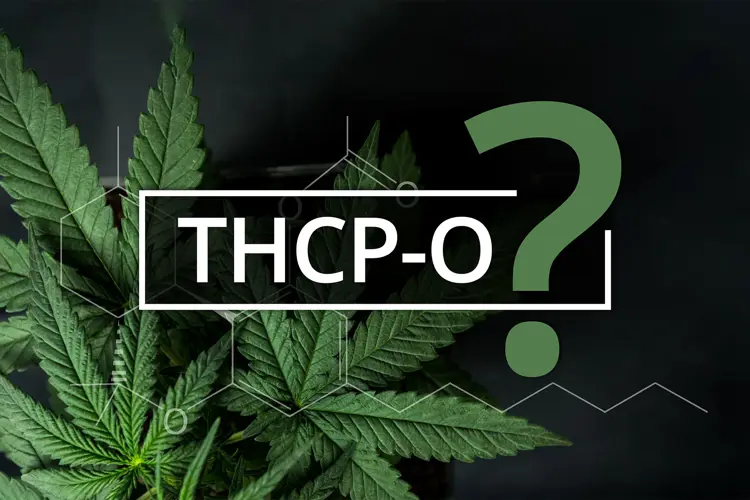
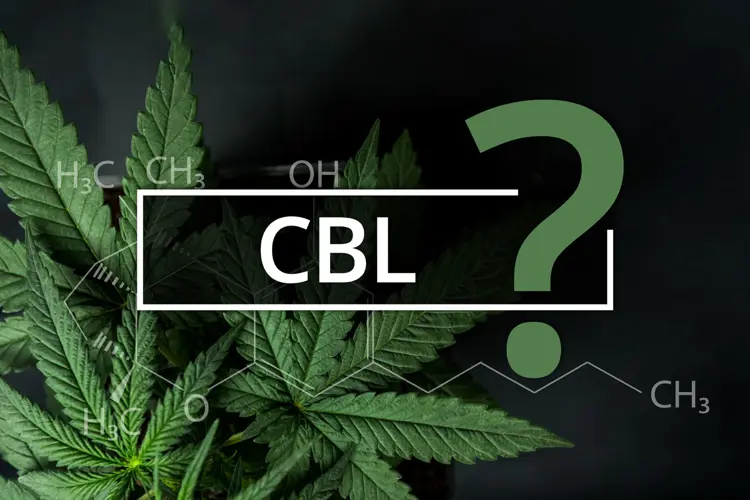
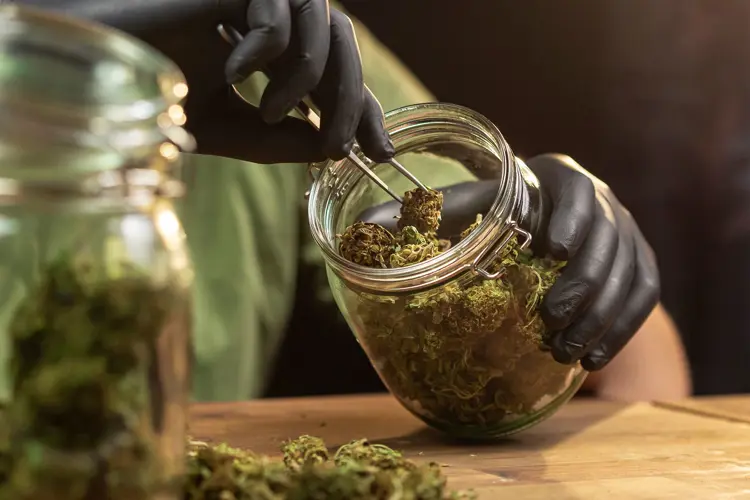
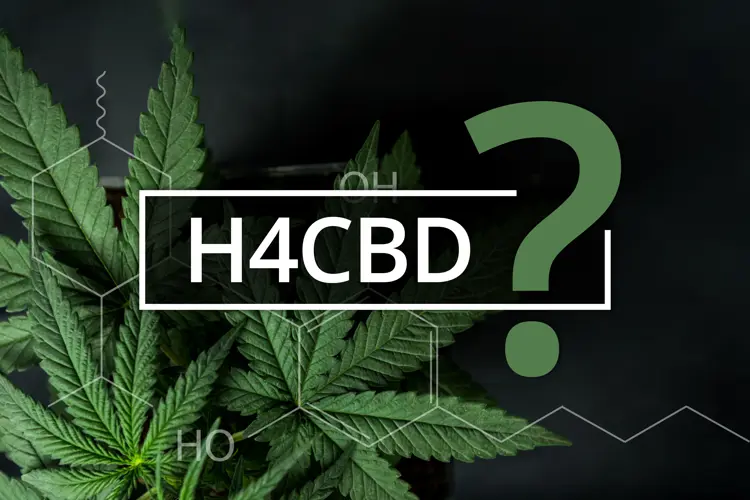
![Image for What Is THC-JD? Legality, Effects, Potency Explored [Update]](https://media.vaping360.com/images/what-is-thc-jd-thumbnail-20a40b517a.webp?imageType=Standard)
